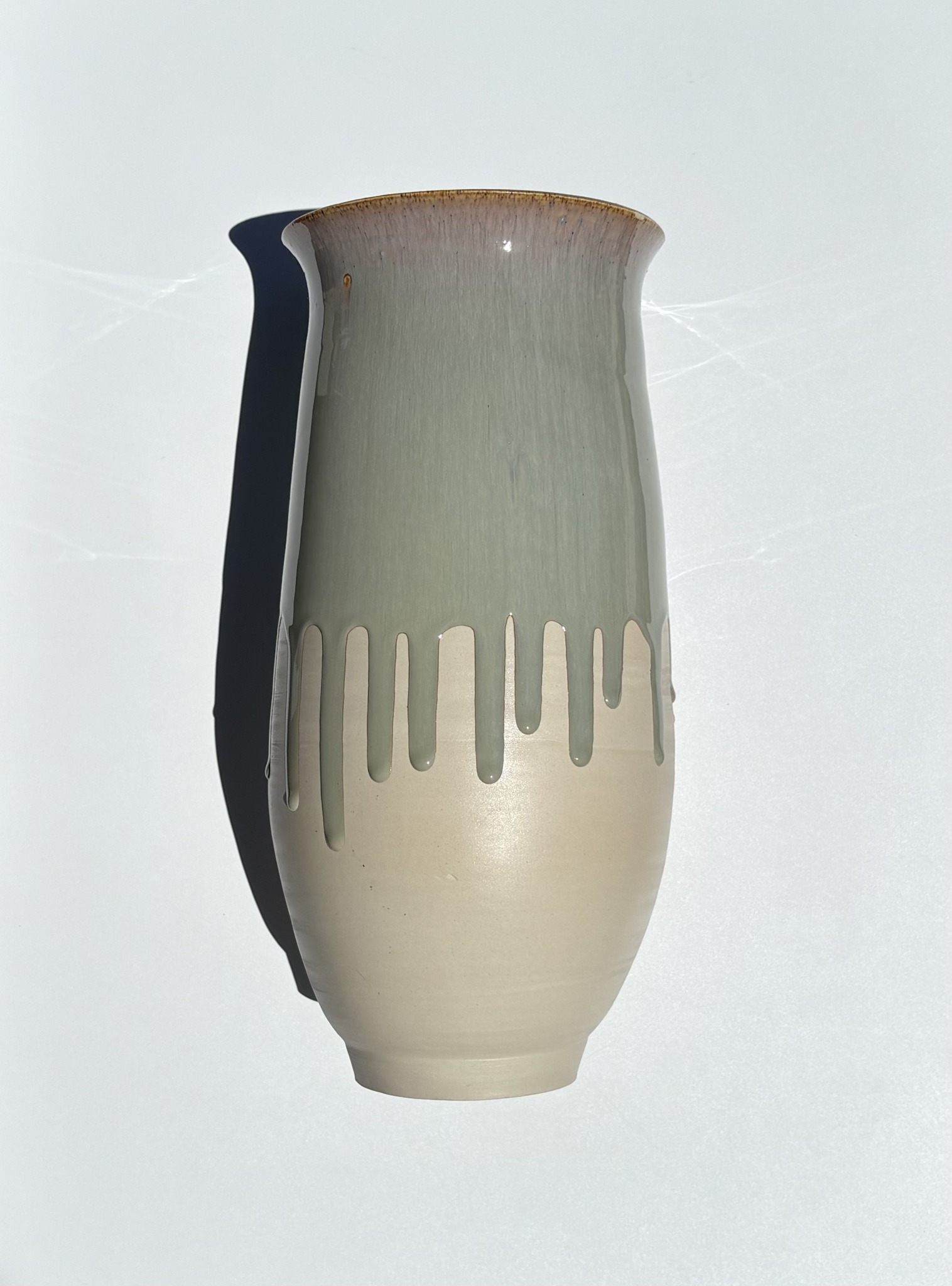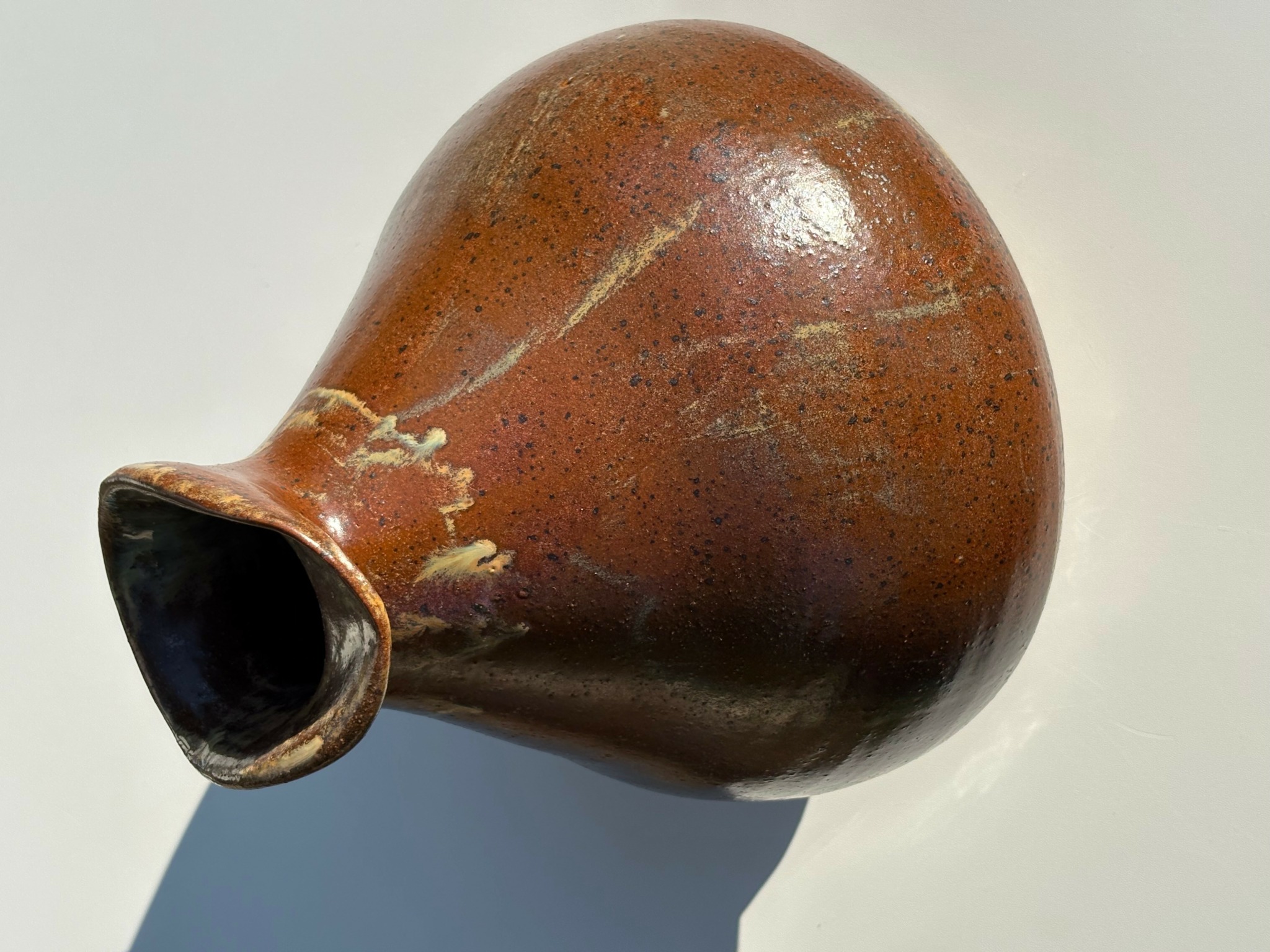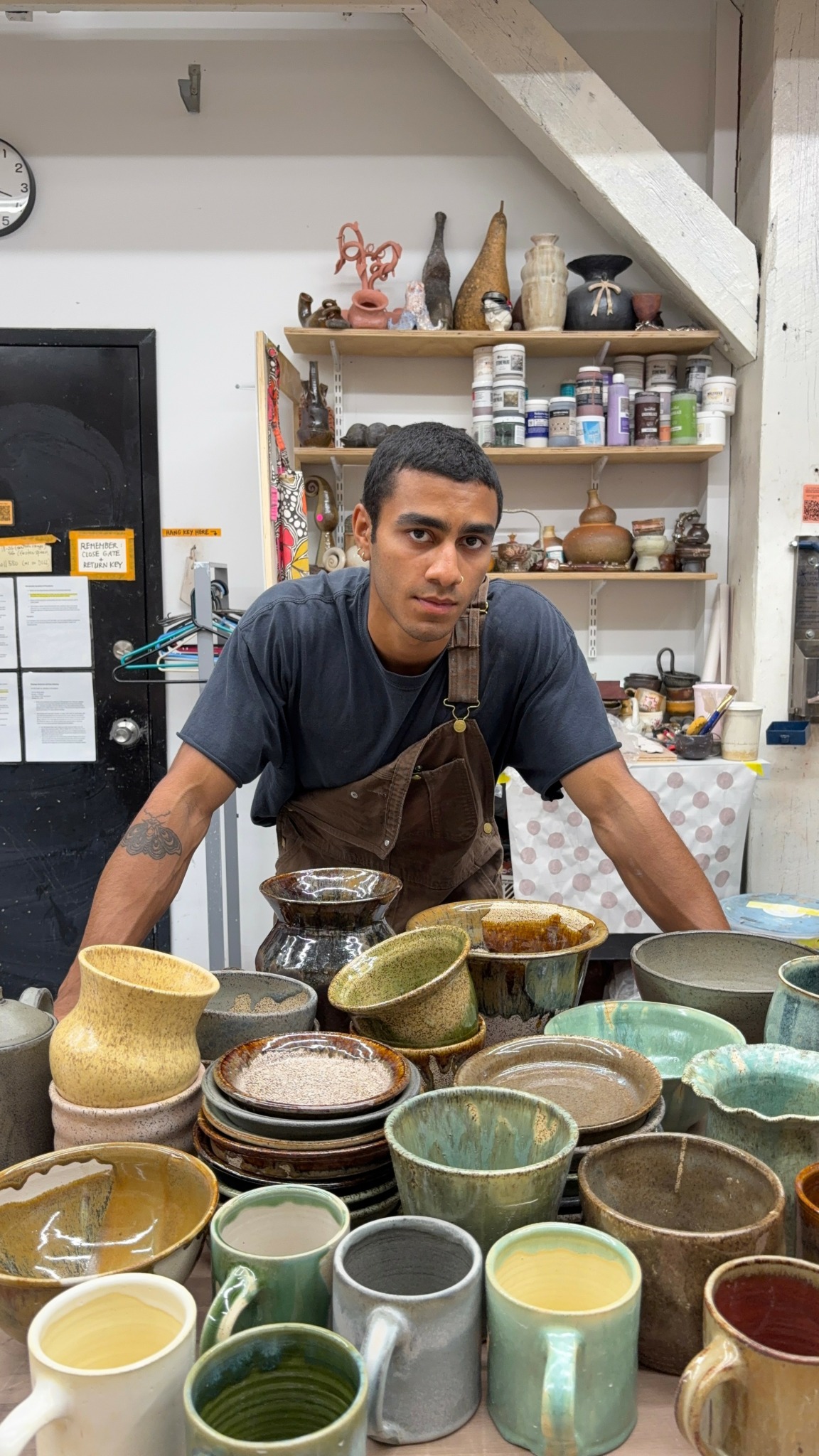We’re excited to introduce you to the always interesting and insightful Julian Galloway. We hope you’ll enjoy our conversation with Julian below.
Hi Julian, thanks for joining us today. Are you happy as a creative professional? Do you sometimes wonder what it would be like to work for someone else?
The world of art is full of uncertainty, which at times can be a daunting state for most people. This is why people often think of the best artists as being delusional or on the edge of sanity. There are two very distinct types of artists: those who become fully absorbed by their medium without money in mind, and those who see art primarily as a means of capital gain. The latter tends to experience more variability when it comes to being content as a creative, this was the path I focused on at the beginning of my creative journey. I viewed my art as a way to make money, which led me to lose my hunger for the medium as I fixated on landing the next deal or project for brands and shops. As I began to notice this trend within myself, I realized I needed to take a step back and allow myself once again to be absorbed by ceramics.
Overall, I am far happier as an artist and creative than I could imagine being in any other role. The freedom to explore ideas, experiment with forms and glazes, and let my intuition guide the process brings a deep sense of fulfillment that outweighs the instability. That said, yes, I do sometimes think about what it would be like to have a regular job, the kind with predictable hours, a steady paycheck, and clear boundaries between work and life. Those thoughts usually creep in during moments of exhaustion or financial stress, when the romantic notion of “stability” starts to sound appealing. But they never last long, because I’ve come to see that structure as a cage for my creativity.
I have pictured the routine: mornings with coffee and commutes, weekends free for hobbies instead of hustling at markets. But then I started thinking through it more deeply. What would I actually do in that “regular” job? My skills are so tied to creation, shaping raw earth into something beautiful, that anything else felt like it’d stifle me. I’d miss the highs: that rush when a piece emerges from the kiln perfectly fired, or the connection with someone who buys my work because it speaks to them. Creatives tend to be happiest when creating what they want without limitations or boundaries that suppress their ebbs and flows. A regular job, with its rigid goals and suppressed creativity, is something I’d dread facing every day. Even though I pour more time and energy into my art and business, it doesn’t feel like a job or chore, it’s not something I need to complete, but something I strive to complete because it fuels me.
The insight I came to was that those fleeting thoughts about a “normal” life are just my mind’s way of seeking temporary relief from the chaos of artistry. But they’re illusions; true contentment for me comes from embracing the uncertainty, not escaping it. It’s what keeps the fire alive in my work, and I’d choose this path every time.

Julian, before we move on to more of these sorts of questions, can you take some time to bring our readers up to speed on you and what you do?
My name is Julian, and I am the founder and ceramicist behind Sol Pottery, a small-batch ceramic company based in Brooklyn. I focus on both functional and non-functional pieces, blending everyday usability with artistic expression. My journey into ceramics kicked off in October of 2024, right after I wrapped up some post-graduation traveling. I was in this weird limbo phase, I’d just graduated from college with a bachelor’s degree in biology, convinced I’d dive straight into a job in that field. Application after application, I was unable to land something. But deep down, there was this nagging unease. Picturing the rest of my life in labs or research just didn’t spark any excitement. All those years grinding through science classes, I never once felt a pull toward art. I saw myself as the opposite of creative, like that spark just wasn’t in me.
Then my mom nudged me to try a ceramics class, just for fun. I was hesitant at first, with that voice in my head whispering that art wasn’t my thing. But midway through the class, something shifted. It was incredibly therapeutic, my mind went quiet, and I was completely zoned in on the process of shaping the clay. I hadn’t felt that kind of focus in ages; it was a true flow state. After that, I was hooked. It planted the seed for this deep fascination with the art, and I dove headfirst down the rabbit hole. For the next three months, I practiced every single day, pushing myself to experiment with new shapes, techniques, or glazes. That consistent effort led to pretty rapid growth in my skills. What started as a hobby quickly evolved when friends and family encouraged me to share my work on social media and see where it could go. From there, it snowballed: I built a business around my ceramics, started popping up at markets, and landed partnerships with coffee shops and brands looking for unique, handmade pieces to feature.
The name Sol Pottery comes from my middle name, Sol, it’s a nod to that personal core, like the sun bringing light and warmth to everything it touches. At Sol Pottery, I create a range of products, from functional items like mugs, bowls, vases, and plates that people can use daily, to non-functional sculptural works that are more about evoking emotion or telling a story through form and texture. Everything is small-batch, meaning each piece is one-of-a-kind or limited edition, hand-thrown on the wheel, and fired with custom glaze combinations. I don’t offer formal services like classes yet, but I do take on custom commissions for clients who want something tailored, whether it’s a set of dinnerware for their home or a statement piece for a brand’s display.
What I solve for my clients is that craving for authenticity in a world full of mass-produced items. People come to me when they want ceramics that feel alive, pieces that aren’t perfect in a factory sense but have character, like subtle imperfections from the firing process that make them unique. For home decorators or gift-givers, it’s about adding warmth and personality to their spaces; for brands and shops, it’s providing standout items that align with their vibe and help them connect with customers on a deeper level. What sets me apart from others in the ceramics space is my refusal to stick to one style or formula. A lot of potters find a signature look and scale it up, but I’m all about exploration. I mix influences from nature, urban grit, or even biological concepts from my old studies, resulting in pieces that evolve with each collection. That variability keeps things fresh, and my community-driven approach means I often incorporate feedback or collaborate in ways that make buyers feel involved.
What I’m most proud of with the brand is the incredible support from the community. It’s humbling to see people not just buying a mug, but sharing stories about how a piece brightens their morning routine or becomes a conversation starter in their home. Building that loyal following from scratch, especially starting so recently, feels like validation that I’m on the right path. In my pursuit of finding “my one thing,” I realized I’m not built for monotony. I don’t like settling into making the same thing over and over, the thrill of pottery for me is in the exploration and variability. That constant uncertainty of how a piece will turn out after the kiln? It’s intriguing and keeps me coming back.
For potential clients, followers, or fans, I want you to know that Sol Pottery is all about passion without compromising perfection. Every piece comes from a place of genuine curiosity and joy in the craft. If you’re drawn to handmade goods that tell a story, check out my social media or website for upcoming drops, markets, or collabs. I’m always open to connecting, whether it’s for a custom order or just chatting about ceramics. This journey has shown me that it’s okay to pivot and chase what lights you up, and I hope my work inspires others to do the same.
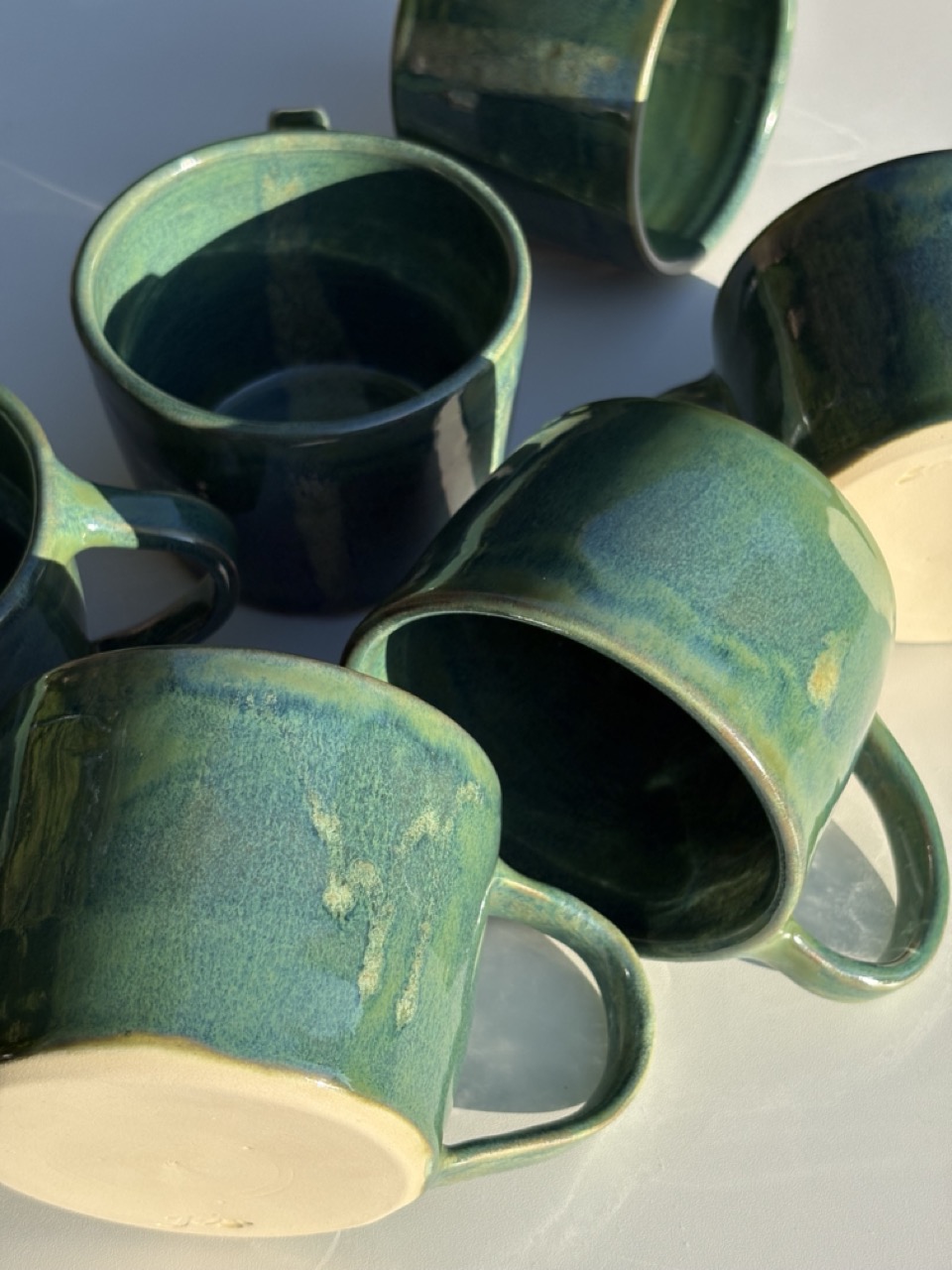
What do you find most rewarding about being a creative?
For me, the most rewarding aspect of being an artist is the freedom to create without rules or boundaries imposed by others. I can explore on my own terms, letting my hands and instincts guide the clay into forms that feel true in the moment. There’s no corporate playbook or rigid expectations dictating what my work should be, and that autonomy is everything. It’s like stepping into a space where time slows down, and I can chase wild, impractical ideas without judgment. That sense of liberation fuels my soul and keeps me returning to the studio, even on days when the kiln misfires or exhaustion sets in.
What makes this freedom even more rewarding is how my work connects with others in ways I could never anticipate. When I create a pot, it holds a specific meaning to me, but once it leaves my studio, it takes on a new life for someone else. A mug might become part of their morning ritual, sparking joy in their hectic day, or a sculptural piece might sit on a shelf, evoking a feeling they can’t put into words. That’s the purpose of art: it conveys emotions and stories that shift with each viewer, building a bridge between my inner world and theirs. Knowing my work stirs something unique for each person, something I’ll never fully understand, is incredibly fulfilling.
This unpredictable connection pushes me to keep growing as an artist. Every piece I make is a chance to dig deeper into my own emotions and experiences, translating them into something tangible. But hearing from people at markets or online about how a bowl reminds them of their grandmother’s kitchen or how a sculpture makes them pause and feel something unexplainable, that’s what keeps me hooked. It’s not about crafting perfect objects; it’s about creating moments and feelings that ripple out into the world. The most rewarding part is knowing my work lives on in someone else’s story, sparking emotions I couldn’t predict, and that cycle of creation and connection drives me to keep throwing clay day after day.
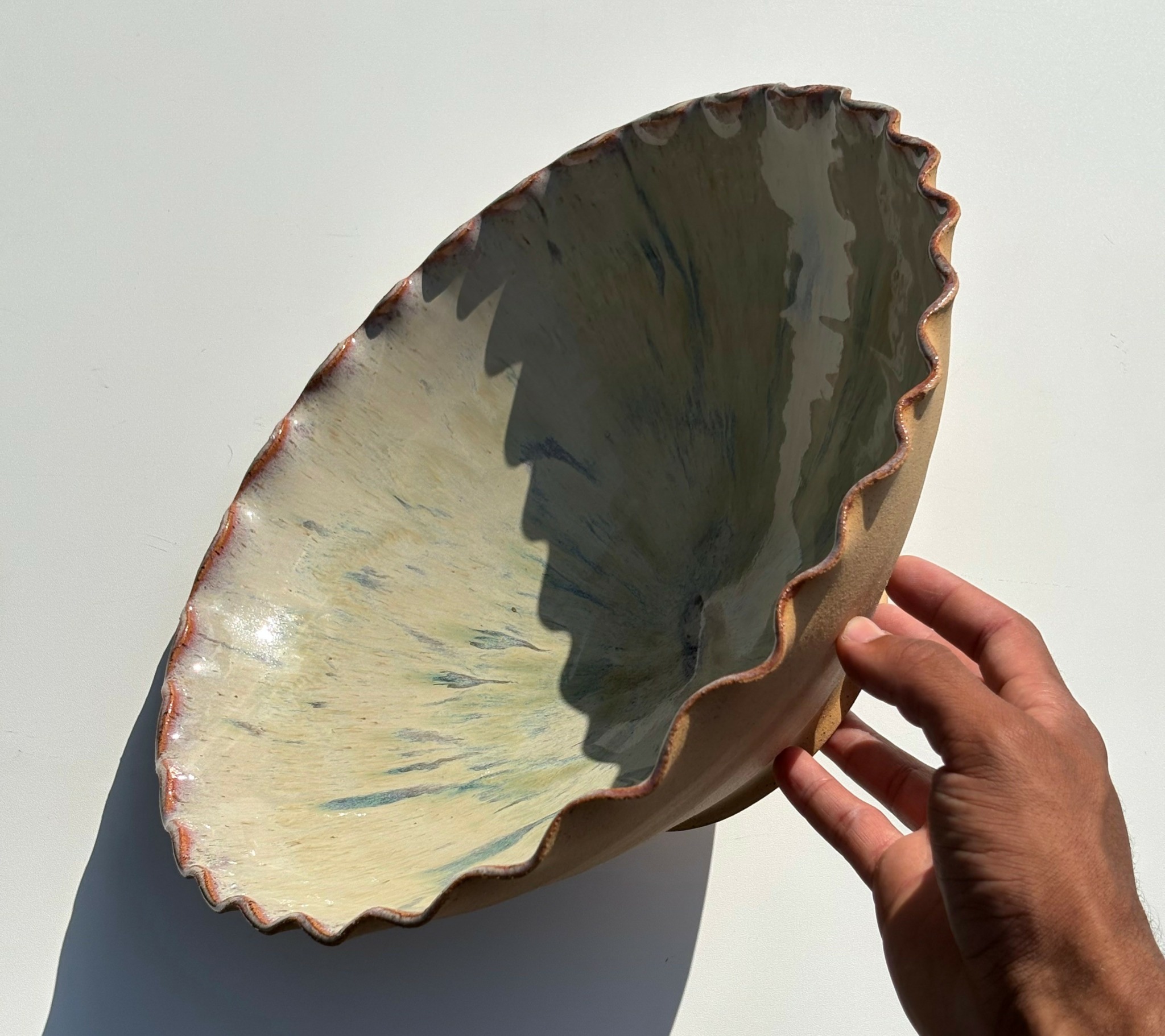
Is there something you think non-creatives will struggle to understand about your journey as a creative? Maybe you can provide some insight – you never know who might benefit from the enlightenment.
Something non-creatives often struggle to understand about my journey as an artist is the assumption that the creative life is easy or glamorous, like it’s just a fun hobby that magically turns into a career. People see the polished work of famous artists or those with massive social media followings and think that’s the norm, but for most of us, especially those just starting out or still building a name, it’s a grind that demands everything you’ve got. The reality of being a ceramicist running Sol is far from the carefree, paint-splattered dream some might imagine. It’s not just me sitting at a wheel, blissfully shaping clay all day. It’s a complex, all-consuming hustle that involves long hours, financial risks, and a constant mental tug-of-war between creativity and practicality.
The time and money I’ve poured into this craft are immense, and that investment is what’s gotten me the modest success I’ve achieved so far. Non-creatives might see me throwing pots or posting a shiny new vase on Instagram and think it’s all play, but they don’t see the layers beneath it. Starting Sol meant investing my savings into supplies, studio rent, and equipment, all while teaching myself how to market my work and navigate partnerships with coffee shops and brands. Every piece I make reflects not just creative inspiration but countless hours of trial and error, failed firings, and moments of doubt where I wondered if I’d ever make it work. Unlike a traditional job with a steady paycheck, every step forward as a creative feels like a gamble, and the stakes are high when your livelihood depends on it.
What’s hardest for non-creatives to grasp is the mental and emotional commitment this life demands. I spend nearly every waking hour thinking about my next move, whether it’s sketching new designs, planning a market strategy, or figuring out how to improve my throwing technique. Even when I’m not in the studio, my mind is buzzing with ideas or anxieties about the business. If you’re not ready to pour most of your time and energy into your craft, it’s nearly impossible to find the success you’re chasing in this field. But that relentless drive is also what makes it worth it. When a customer tells me my mug is now their favorite part of their morning or when a shop owner says my pieces fly off their shelves, it’s a reminder that all the unseen grind is building something meaningful. I wish non-creatives could see that the creative journey isn’t just about making pretty things, it’s about resilience, sacrifice, and a stubborn belief in your vision, even when the world doesn’t make it easy. My hope is that sharing this sheds light for someone out there, maybe even inspiring them to take their own leap, knowing it’s tough but worth every second.
Contact Info:
- Website: https://www.solpottery.com
- Instagram: @_solpottery_
- Other: Tiktok: _solpottery_
